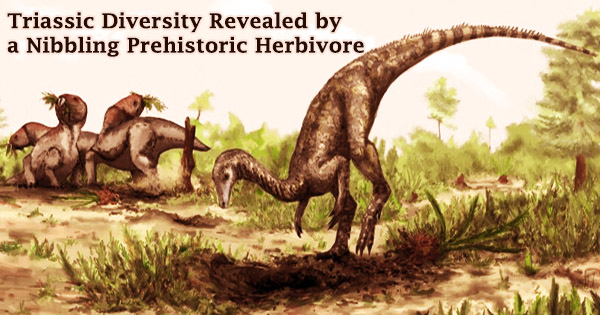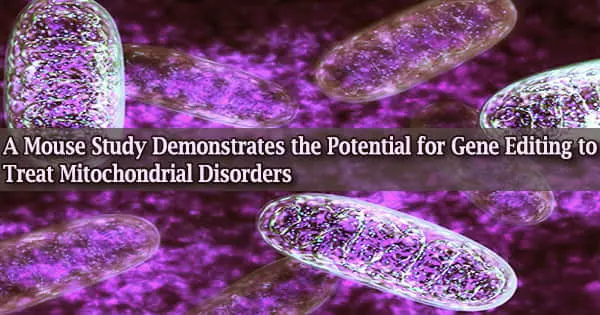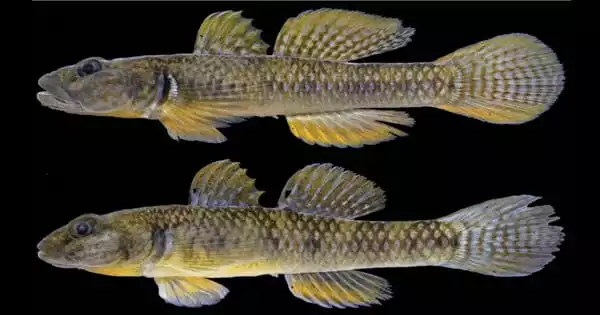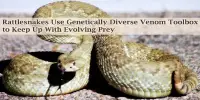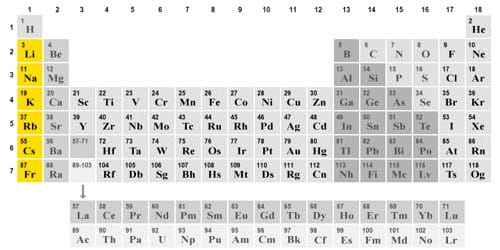According to the University of Birmingham study, a Triassic herbivore notable for its purported resemblance to a modern-day ostrich had an altogether different way to feeding than previously imagined.
The Triassic Epoch is the earliest period of the Mesozoic Era in geologic time. It began 252 million years ago, at the conclusion of the Permian Period, and lasted until 201 million years ago, when the Jurassic Period took its place.
The new finding demonstrates a considerably greater range of herbivore activity than previously thought throughout the Triassic epoch.
The species, known as Effigia, was roughly the size of a gazelle and lived around 205 million years ago in North America. Its fossil remains were discovered at the Ghost Ranch Quarry in New Mexico in the 1940s, but paleontologists didn’t fully characterize the material until 2006.
The Triassic Period represented the start of dramatic changes in the Mesozoic Era, especially in the distribution of continents, the emergence of life, and the geographic spread of living creatures.
The bones were in terrible condition at the quarry, with the cranium, in particular, being severely distorted, making proper reconstruction difficult. Early examination of the specimen led to the conclusion that it belonged to a group of reptiles that included crocodylians and birds and flourished throughout the Triassic epoch.
Effigia’s lightweight body lengthened neck, wide eyes, and beak resembled those of a modern-day ostrich, leading experts to suspect the species ate plant material from the ground.
The proportional significance of terrestrial animals increased throughout the Triassic Period’s comeback of life. The first dinosaurs appeared, heralding the great radiation that would characterize this group during the Jurassic and Cretaceous periods.
The herbivores we already recognize in the Triassic period fed either by digging for roots, such as the pig-like aetosaurs, or reaching for leaves high up in the treetops, like the long-necked sauropods. These two-legged browsers with a weak bite are unique to this period and show a previously unrecognized diversity among the herbivores of this period.
Dr. Jordan Bestwick
Reptiles increased in diversity and number, and the first dinosaurs appeared, heralding the great radiation that would characterize this group during the Jurassic and Cretaceous periods.
However, fresh research from the University of Birmingham has found that this animal was most likely a completely different form of herbivore than previously assumed.
The research was published in The Anatomical Record in collaboration with specialists from the University of Bristol, University College London, University of York, Virginia Tech, and the Natural History Museum.
New CT scans of Effigia’s skull revealed a significantly more precise reconstruction of the animal, according to the researchers. New information regarding the morphology of the skull was discovered, including a more rounded, bulbous brain cavity and curving upper and lower jaws.
The beak of an Effigia is more concave than that of an ostrich, with jaws that open and close like a pair of shears.
The researchers utilized this data to simulate the consequences of various stresses on the skull, such as what happens when the animal pecks at the ground.
The researchers predicted that Effigia’s skull would have broken based on the stresses the skull would have to bear in order to eat via pecking. Instead, experts believe the animal would prefer to use its teeth to cut off and munch soft plant material like new shoots or ferns.
The three-foot-long (one-meter-long) Eozostrodon was one of the earliest genuine mammals. The shrew-like creature lay eggs yet drank the milk of its young mother.
The two-footed predator Coelophysis, which grew up to 9 feet (2.7 meters) long, weighed up to a hundred pounds (45 kilograms), and dined on tiny reptiles and amphibians, was one of the earliest dinosaurs. It first appeared some 225 million years ago. Plateosaurus, a 27.5-foot-long (8-meter-long) herbivore, appeared a few million years later.
Lead researcher, Dr. Jordan Bestwick, said: “The herbivores we already recognize in the Triassic period fed either by digging for roots, such as the pig-like aetosaurs, or reaching for leaves high up in the treetops, like the long-necked sauropods. These two-legged browsers with a weak bite are unique to this period and show a previously unrecognized diversity among the herbivores of this period.”
